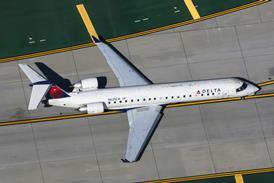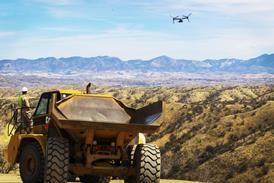GUY NORRIS / LOS ANGELES
Combined weather and laser radar products aimed at preventing injury to passengers from clear air turbulence
Research to provide realistic data on how long it takes to secure the cabin of a widebody airliner against turbulence is being undertaken by NASA and the US Federal Aviation Administration using new advanced detection systems.
The research is part of the NASA-FAA Aviation Safety Programme initiative to counter the threat of injury from in-flight turbulence encounters.
The bulk of the data is from the Aircraft Cabin Turbulence Warning experiment conducted at the FAA's Mike Monroney Aeronautical Center in Oklahoma City early this month with participation from air- crews from Delta Air Lines, United Airlines and US Airways. Support was also provided by crews from American Airlines, JetBlue Airways, Southwest Airlines and flight attendant unions. United has been a leading advocate of new technology to counter the turbulence threat since 1997 when one passenger died and more than 70 were hurt when a Boeing 747 encountered severe clear air turbulence over the Pacific.
Advanced turbulence detection systems close to entering production include combined weather radar and LIDAR laser radar systems trialled on NASA's Boeing 757 and McDonnell Douglas DC-8 testbeds. The LIDAR, developed by Colorado-based Coherent Technologies, has been integrated with Honeywell's RDR-4B weather radar to provide up to one minute's warning. Working with predictive windshear processing algorithms, the LIDAR detects rapid Doppler shifts in the air by illuminating and tracking the movement of aerosols ahead of the aircraft.
The tests involved 70 people acting as passengers in the Civil Aerospace Medical Institute's 747 research testbed at the FAA site. "The whole point is that when the seat belt light comes on and the captain warns of impending turbulence people don't take it seriously," says NASA, which adds that turbulence is the leading cause of in-flight injuries. "The warning system is unreliable, but now we have new systems which will improve reliability to 90-95% levels. These tests will tell us how long it really will take to get everyone seated."
The tests assume up to 15% of the passengers will be out of their seats at any one time, and are measured across six different seating scenarios with various mixes of occupied and empty seats. "The information will be used by the airlines to work out better strategies for getting people in their seats, as well as to provide benchmarks for manufacturers and for certification requirements," says NASA.
Source: Flight International























